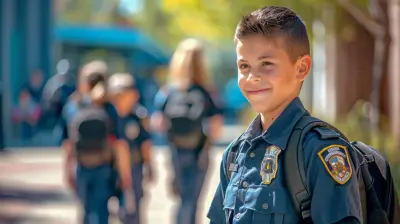Building a Growth Mindset for Better Classroom Behavior
13 August 2025
Let’s be real—classroom behavior can make or break the learning environment. Every teacher out there has had those days where it feels like more time is spent managing behavior issues than actually teaching. But what if I told you that a simple shift in mindset (yep, the way students think) could change the game entirely?
Welcome to the powerful world of the growth mindset. It’s not just some trendy buzzword; it’s a genuine approach that can reshape how students act, react, and succeed in the classroom. And guess what? You, as an educator or parent, play a massive role in making this happen.
So buckle up! We're going on a journey into how building a growth mindset can lead to better classroom behavior—and why it’s one of the smartest moves any educator can make.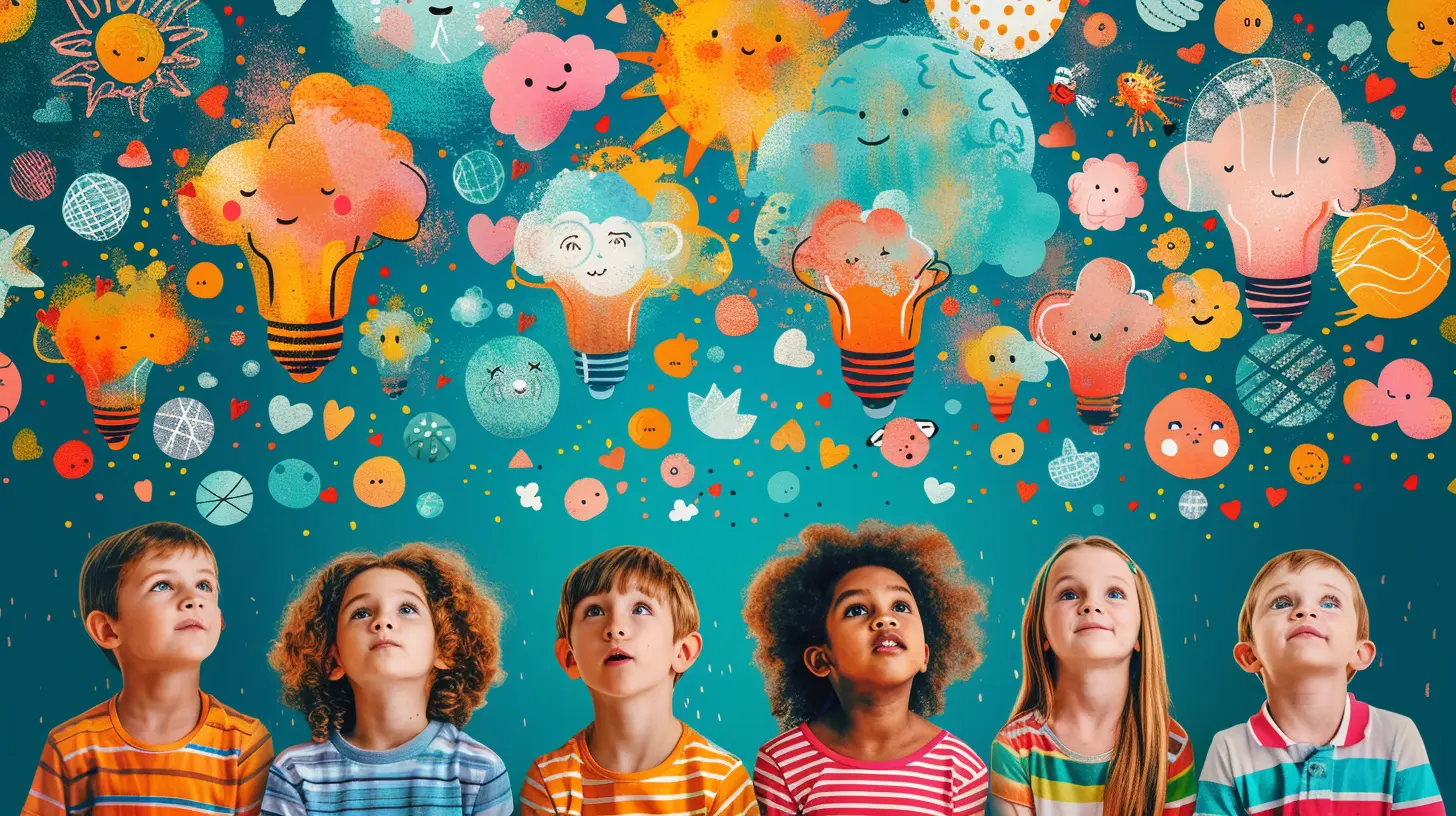
What Is a Growth Mindset, Anyway?
Alright, let’s start from square one.A growth mindset is the belief that intelligence, abilities, and talents can be developed through effort, good strategies, and input from others. This idea comes from psychologist Carol Dweck, who contrasted it with the fixed mindset—the belief that you're born with a fixed amount of smarts and skills, and that’s that.
Ever heard a student say, “I’m just not good at math” or “I’ll never be creative”? That’s the fixed mindset talking.
On the flip side, a growth mindset sounds like, “I can’t do this… yet,” or “If I keep trying, I’ll get better.” See the difference?
With this kind of thinking, failure doesn't feel like the end of the road anymore. It’s just a part of the learning journey. And that change in perspective? It can deeply impact student behavior in the classroom.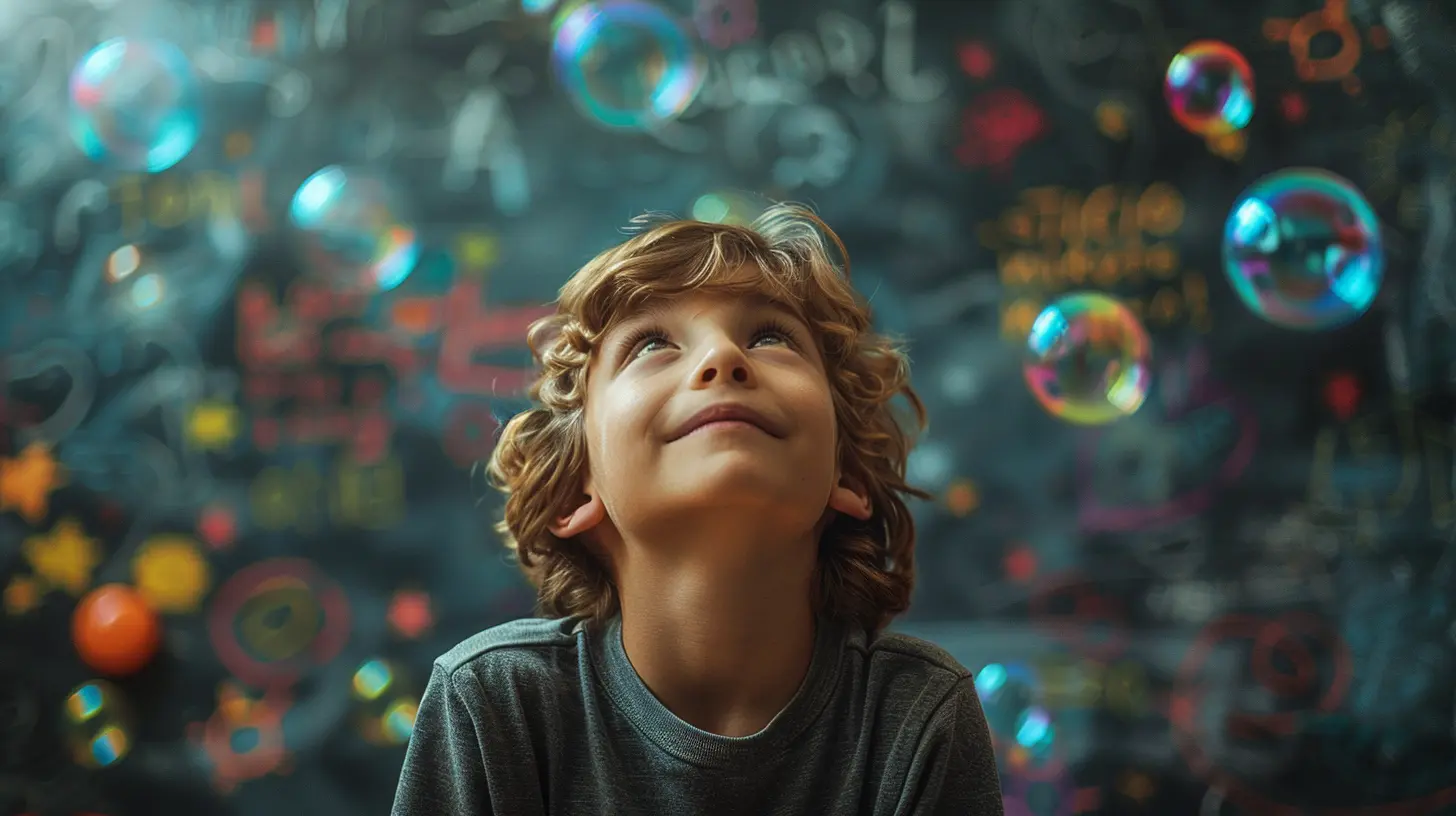
Why Mindset Impacts Behavior More Than You Think
You might be wondering, “What does mindset have to do with classroom behavior?” The answer: more than you might expect.Imagine a student who believes effort doesn’t matter because they're simply "not smart." They likely won’t try when things get tough. They might act out, shut down, or distract others—anything to avoid that sinking feeling of failure.
Now imagine that same student with a growth mindset. They’re challenged but they give it a shot. They ask for help. They keep going. That alone makes the classroom a calmer, more focused, and respectful space.
Growth mindset doesn’t just improve academic performance—it encourages:
- Resilience when facing challenges
- Cooperation with peers and teachers
- Responsibility for actions and learning
- Curiosity over fear of being "wrong"
So yes, mindset is a major player in the behavior game.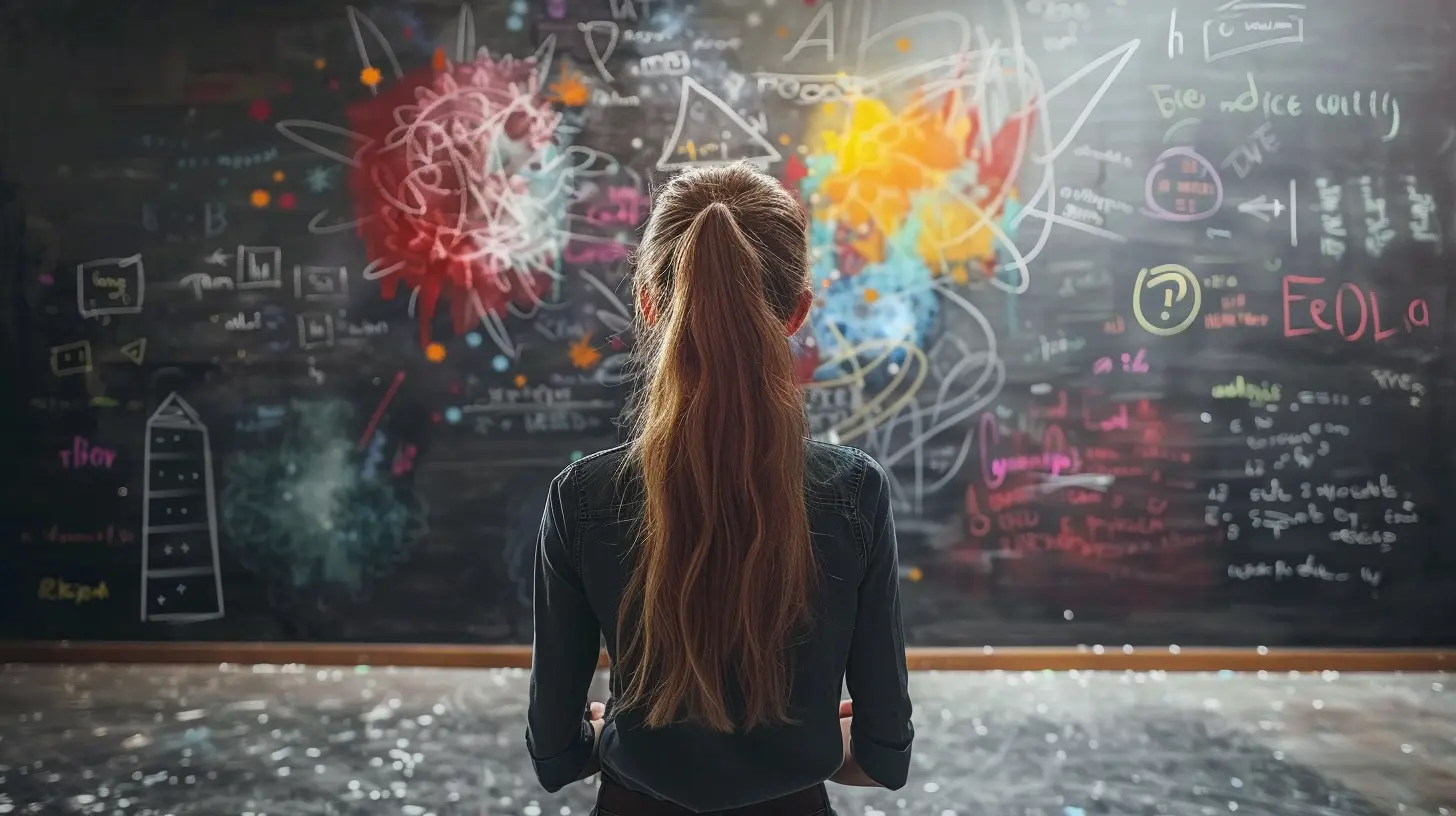
The Link Between Self-Worth and Acting Out
Let’s dig deep here.A lot of negative classroom behavior is tied to how students perceive themselves. Kids who constantly feel like they’re failing—especially in front of their peers—can feel embarrassed, anxious, or just plain angry. That emotional cocktail often leads to disruptive behavior.
But a growth mindset separates performance from self-worth.
Instead of “I failed, so I must be dumb,” it becomes “I failed because I didn’t get it yet. Let me try again.” That’s a HUGE mental shift. When students aren't afraid of making mistakes, they don't feel the need to cover them up with defiance or distraction.
Helping students understand that their abilities can grow gives them emotional breathing room. That includes the space to own up to mistakes, apologize when needed, and move forward with confidence.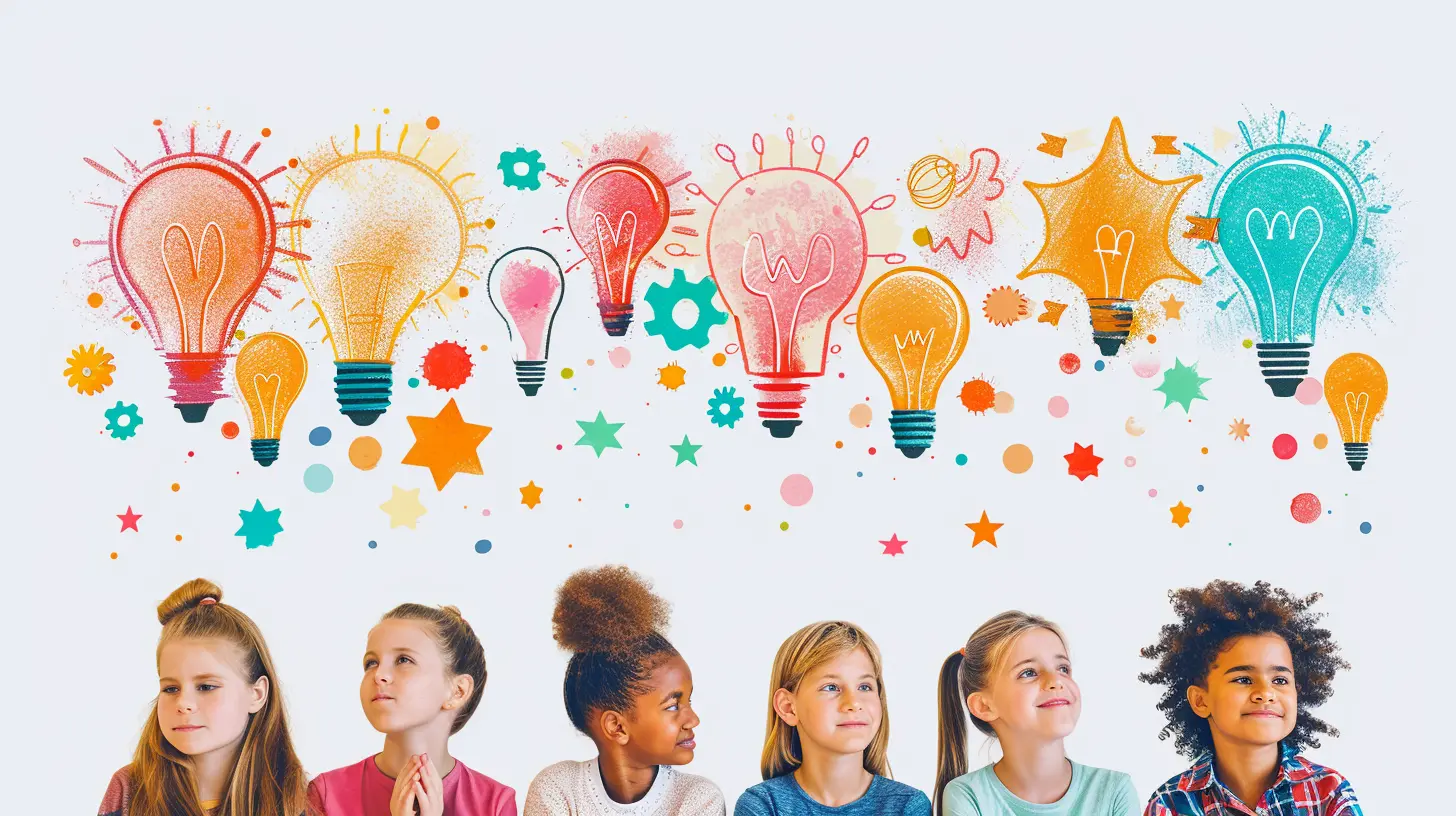
How Teachers Shape Growth Mindset in the Classroom
So how do you actually build a growth mindset culture in your classroom?Good news: you don’t need fancy tools or hours of extra planning. It’s all about the way you communicate and interact with students on a daily basis.
Here are some high-impact strategies:
1. Praise the Process, Not Just the Product
We’ve all been told to praise kids, but the type of praise matters.Instead of saying, “You’re so smart!” try:
- “You worked really hard on that.”
- “Look at how much progress you’ve made.”
- “I can tell you didn’t give up on that tough problem—awesome persistence!”
It subtly tells students that effort and strategy—not natural ability—are what lead to success.
2. Normalize Mistakes
Mistakes aren’t just okay—they’re expected.Create a classroom culture where getting things wrong isn’t met with groans or giggles. Instead, celebrate mistakes as learning opportunities.
Try saying:
- “Great! Now we can see where it went wrong and fix it.”
- “Making mistakes is a sign you’re learning something new.”
- “Who else had a similar answer? Let's figure it out together.”
This lowers the fear of failure and raises participation.
3. Model a Growth Mindset Yourself
Yes, you. Students notice what you do, even more than what you say.- Admit when you don’t know something.
- Talk about your own challenges openly.
- Share how you learned from a past mistake.
When students see you embracing growth, they feel safer doing it too.
4. Teach the Language of Growth
Introduce key phrases and posters that reinforce growth mindset thinking:- “I can’t do it... yet.”
- “Mistakes help me improve.”
- “Effort leads to success.”
Make it part of classroom vocabulary. Before long, students will start to coach each other using growth language. That’s when the magic really happens.
Strategies for Parents to Support Growth Mindset at Home
You’ve got a partner in this mindset mission: parents and caregivers.When families reinforce the same messages at home, that’s when real behavior changes stick.
Here’s how parents can support a growth mindset:
- Avoid labeling kids (e.g., “She’s the smart one,” or “He’s the sporty one”).
- Encourage kids to talk about what was hard today and how they dealt with it.
- Celebrate effort, perseverance, and improvement—not just straight As.
- Model calm, problem-solving behavior when things go wrong.
Even simple dinner table conversations can reinforce the idea that growth matters more than perfection.
Growth Mindset and Classroom Discipline
Let’s talk discipline for a sec.Traditional discipline often focuses on punishment. But with a growth mindset lens, discipline becomes part of the learning process—an opportunity for reflection, responsibility, and behavioral growth.
Instead of just handing out a punishment, try:
- Asking the student to reflect on what happened and why.
- Guiding them to come up with a plan to make things right.
- Helping them identify how they can handle things better next time.
This repositions behavior issues as solvable—not defining. And that’s incredibly empowering for kids who’ve been stuck in the “bad kid” label for too long.
When Growth Mindset Meets Real-World Challenges
Okay, let’s stay real.Not every student will immediately embrace a growth mindset. Some might resist. Others may struggle with deep-seated beliefs about themselves.
But with consistency, empathy, and patience, change is possible—and powerful.
Growth mindset isn’t some magical fix-all. It's a practice. Like watering a plant, it takes time, care, and the right environment.
But when it finally takes root, the results are breathtaking.
Better focus. More empathy. Less disruption. A classroom where students believe in themselves—and act like it.
Practical Activities to Foster Growth Mindset and Positive Behavior
Let’s wrap up with some hands-on tools you can start using tomorrow:1. Growth Mindset Journals
Have students write weekly reflections about challenges, mistakes, progress, or new things they’ve learned. Prompts can include:- “Something I struggled with this week was…”
- “A mistake I made and what I learned from it…”
- “Something I’m proud of myself for improving…”
2. Role-Playing Scenarios
Act out common classroom conflict situations and let students brainstorm better responses using growth mindset thinking.3. Anchor Charts
Create a class chart with fixed mindset vs. growth mindset phrases and hang it up for daily reference.| Fixed Mindset | Growth Mindset |
|-------------------------------|----------------------------------|
| "I give up." | "I'll try a different strategy." |
| "This is too hard." | "This may take time." |
| "I'm just not good at this." | "I'm still learning." |
4. Class Mantra
Create a daily class mantra that reinforces growth mindset. Something simple like:> "We try, we learn, we grow. Mistakes mean progress."
Final Thoughts
Building a growth mindset for better classroom behavior isn’t just a strategy—it’s a shift in how we see kids. It’s about believing that every student, no matter their background or behavior history, can grow into a more resilient, responsible, and respectful learner.Sure, it takes time. And yes, it takes a little re-wiring of how we respond to challenges and mistakes (for both students AND teachers). But the payoff? It’s a classroom full of hopeful, hardworking learners who aren’t afraid to fail—and who treat each other with more kindness along the way.
So, the next time a student acts out, pause. Instead of seeing them as “difficult,” see them as developing.
Because they are. And with the right mindset? So are we.
all images in this post were generated using AI tools
Category:
Classroom ManagementAuthor:

Bethany Hudson
Discussion
rate this article
1 comments
Bradley McNulty
Ah, because just wishing for better behavior totally works, right?
September 7, 2025 at 3:19 AM

Bethany Hudson
While wishing alone isn't enough, fostering a growth mindset empowers students to actively improve their behavior and learn from their experiences.

